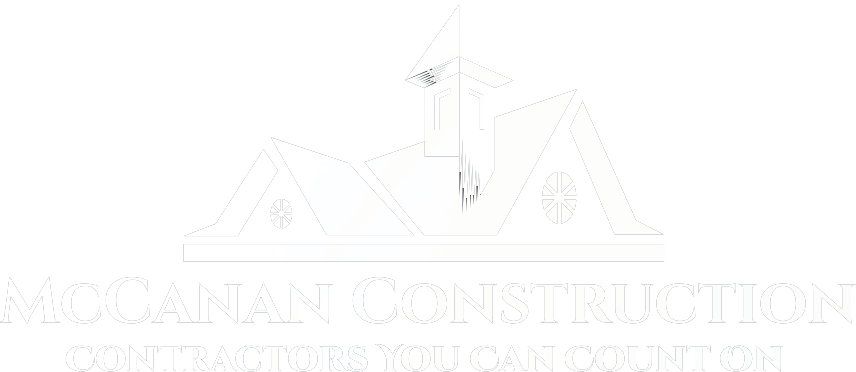In the quest for a more sustainable and cost-effective home, homeowners increasingly focus on energy-efficient roofing solutions. A well-designed and properly installed roof can significantly reduce heating and cooling costs while minimizing environmental impact. In this blog post, we’ll explore some effective strategies for roofing for energy efficiency.
Choose the Right Roofing Material
One of the most critical decisions in roofing for energy efficiency is selecting the appropriate material. Options like metal, tile, and cool roofs made of reflective materials like white membrane or coated asphalt can help reduce heat absorption, keeping your home cooler in the summer.
The Importance of Adequate Roof Insulation For Energy Efficiency
Adequate insulation is essential for maintaining a comfortable indoor temperature and minimizing energy loss. Insulation materials like fiberglass, cellulose, or spray foam can be installed under the roof to prevent heat transfer between the interior and exterior of your home. Proper insulation also helps regulate indoor temperature, reducing the workload on your heating and cooling systems.
The Vital Role of Attic Ventilation in Maintaining Home Comfort and Energy Efficiency
Proper attic ventilation is crucial for preventing moisture buildup and heat retention, which can lead to mold growth and decreased energy efficiency. Ridge vents, soffit vents, and attic fans can help promote air circulation, allowing hot air to escape and cooler air to enter, reducing the need for excessive air conditioning.
Harnessing Roof Color and Reflectivity For Enhanced Energy Efficiency
The color and reflectivity of your roof can significantly impact its energy efficiency. Light-colored roofs reflect more sunlight and absorb less heat, keeping your home cooler and reducing the strain on your air conditioning system. Additionally, reflective coatings or shingles can enhance your roof’s ability to reflect solar radiation, improving overall energy efficiency.
Enhancing Roofing Efficiency Through Air Leak Prevention and Insulation
Air leaks around roofing penetrations, such as vents, chimneys, and skylights, can compromise your home’s energy efficiency by allowing heated or cooled air to escape. Proper sealing and insulation of these areas can help prevent energy loss and improve the overall performance of your roofing system.
Growing Efficiency: The Benefits of Green Roofs For Sustainable Energy Savings
Green roofs, or roofs covered with vegetation and soil, offer a unique approach to roofing for energy efficiency. These living roofs provide natural insulation, reduce heat absorption, and absorb rainwater, helping to regulate indoor temperature and reduce the urban heat island effect. While green roofs require careful planning and maintenance, they can offer significant energy-saving benefits over time.
The Importance of Regular Roof Maintenance For Energy Efficiency
Regular maintenance and inspection of your roofing system are essential for identifying and addressing issues that could compromise energy efficiency. From repairing damaged shingles to cleaning gutters and ensuring proper drainage, proactive maintenance can help extend the lifespan of your roof and optimize its energy performance.
Roofing for energy efficiency involves thoughtful design, quality materials, and regular maintenance. By implementing these strategies, homeowners can enjoy reduced heating and cooling costs, improved comfort, and a greener, more sustainable home. Investing in energy-efficient roofing benefits the environment and contributes to long-term savings and increased property value.


